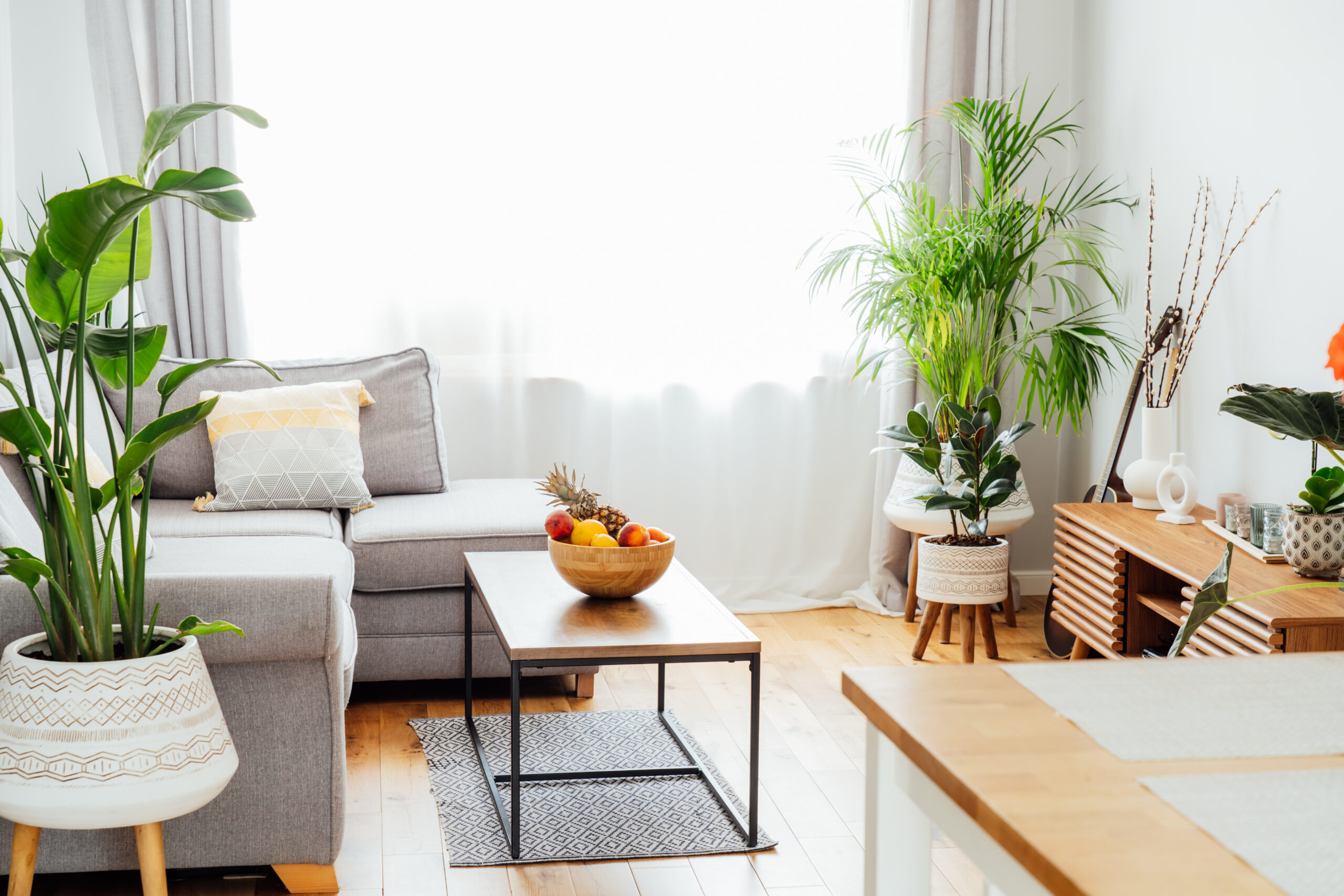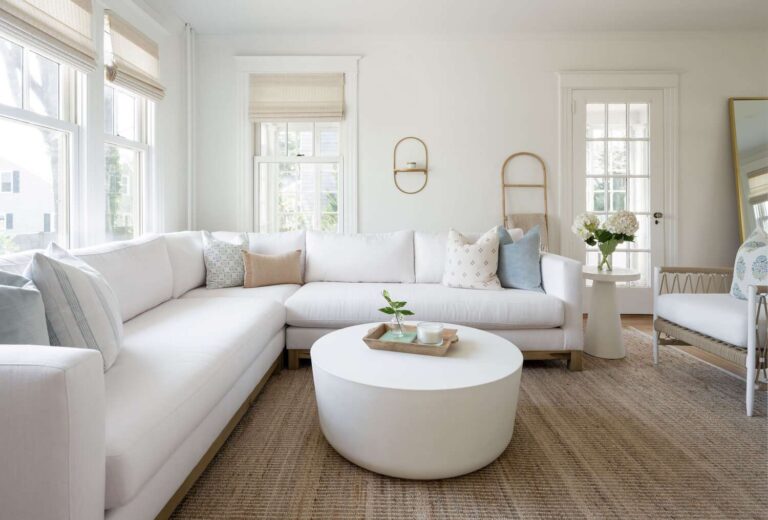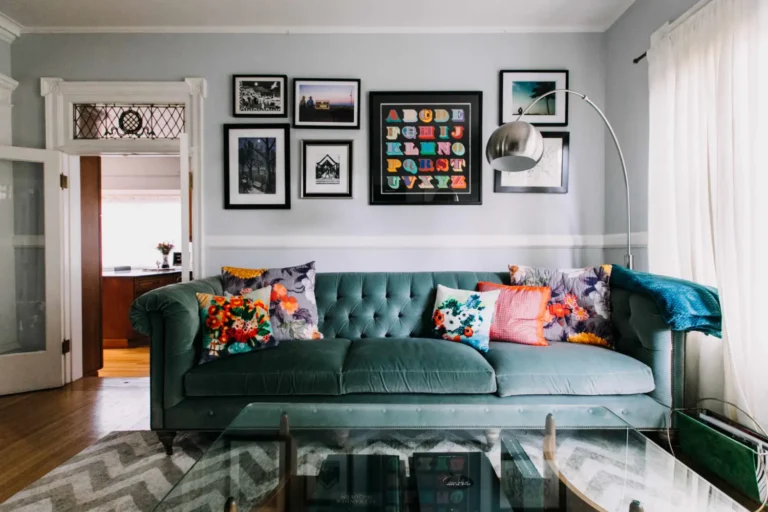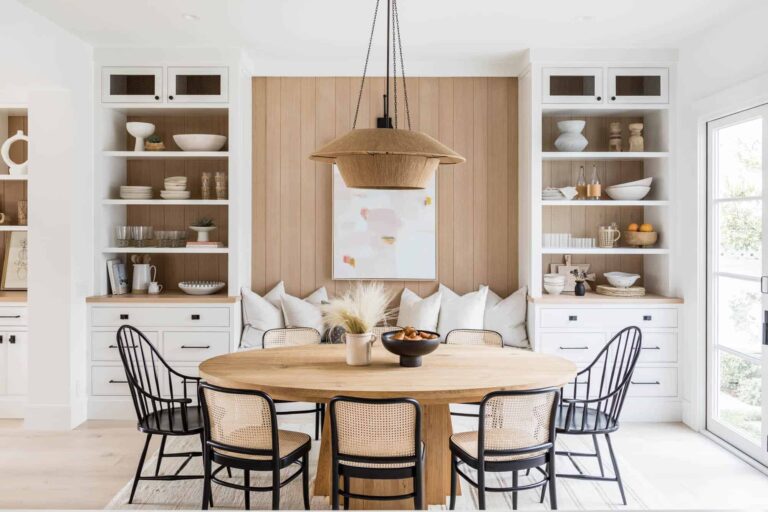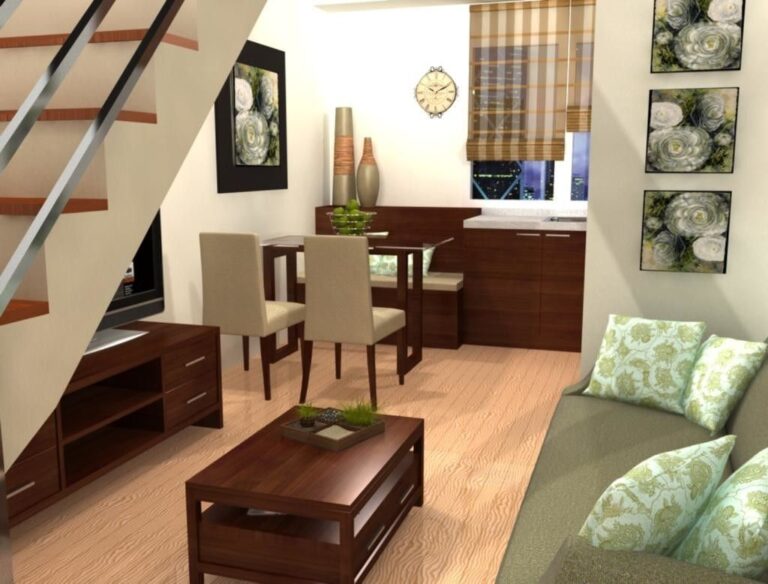What Are The Limitations Of Indoor Plants?
Indoor plants have many benefits, from air purification to stress reduction. However, there are certain limitations to be aware of when keeping plants indoors. A lack of natural light, extreme temperatures, and a lack of space can all limit the success of indoor plants. Additionally, pests and diseases can be difficult to manage without access to natural predators. Plants also need regular watering and fertilizing, which can be difficult to maintain in an indoor environment. Lastly, some plants are toxic and should be kept out of reach of pets and children. Knowing the limitations of indoor plants can help ensure success in creating a healthy and vibrant indoor garden.
Types of Indoor Plants
Indoor plants can bring life to any home, but it’s important to have realistic expectations of what these plants can do. While plants can certainly be a beautiful addition to any home, there are some limitations to what they can handle. One of the most significant limitations is the type of indoor plants you can use. Depending on the amount of light, humidity, and temperature in your home, certain plants may not thrive.
For example, succulents are a popular choice for indoor plants because they don’t require as much light as other plants. However, if the temperature in your home is too hot or too cold, succulents may not survive. Similarly, cacti are also popular indoor plants, but they need more bright light than succulents. If you don’t have a bright enough window for cacti, then they may not survive.
In addition, some plants need more humidity than others. If your home is dry or you don’t have an air conditioner, then plants such as ferns and orchids may not survive. While plants can certainly make a great addition to any home, it’s important to research the type of plants that are best suited to your environment before you buy them. That way, you can be sure that you’re getting the most out of your indoor plants.
Benefits of Indoor Plants
Indoor plants have long been used to bring a sense of calm and beauty into the home. But, there are also some practical benefits to consider. Plants are natural air purifiers, filtering out toxins and volatile organic compounds from the air. They also increase humidity levels, which helps to reduce dryness and static electricity in the air. Plants also act as noise absorbers, reducing both the intensity and the frequency of sound waves, making your home a more peaceful environment. However, it’s important to understand the limitations of indoor plants. They require regular watering and pruning, as well as a good amount of natural light to thrive – an issue for many homes, particularly those in urban areas. Additionally, not all plants are suitable for indoor living, as some are poisonous or require more complex care. Therefore, it’s important to research the best plants for your home and lifestyle before making a purchase.
Challenges of Growing Indoor Plants
Indoor plants can be a great addition to any living space, but they come with their own unique set of challenges. From understanding the right soil, to managing the amount of light and water, indoor plants require a certain level of care. Apart from requiring some expertise, there are several other limitations that come with indoor plants.
One of the main limitations of indoor plants is finding the right location for them. As their environment is controlled, it is important to place the plants in an area where they can get the right amount of sunlight, water, and air circulation. Too much or too little of any one factor can result in stunted growth or plant death.
Another limitation is the size of the pot the plant is in. As plants mature, they require larger containers to accommodate their growing roots. If the container is too small, the plant will become root-bound, which can stunt growth and reduce the amount of nutrients the plant receives.
Lastly, indoor plants need periodic pruning and trimming in order to remain healthy and maintain their appearance. Without regular pruning, the plant may become unruly and overgrown, making it difficult to care for and maintain.
Overall, indoor plants can be a great addition to any home, but they come with their own unique set of challenges. With the right amount of care and knowledge, however, these plants can thrive and become a beautiful addition to your home.
Choosing the Right Plants for Your Environment
Indoor plants can be a great addition to any home, providing a source of beauty, fresh air, and natural ambience. However, it is important to be aware of the limitations of indoor plants before you introduce them to your environment. There is a wide variety of plants available, each with its own unique characteristics, and some may not be suitable for your particular environment. It is essential to choose plants that are able to thrive in your space, and to be aware of the conditions needed to keep them healthy.
When selecting indoor plants, it is important to take into account the amount of light, humidity, and temperature in the area. Some plants require more sunlight than others, while some prefer more shade. Temperature and humidity levels should also be considered, as certain plants are better able to cope with extreme variations in these conditions. It is also important to think about the size of the plant; some will require more room than others. Additionally, the type of soil and amount of water needed to keep the plants healthy should be considered.
Finally, it is important to remember that plants, like any living thing, require regular care and maintenance. This means that the plants must be watered, pruned, and otherwise looked after in order to ensure that they remain healthy and vibrant. Ultimately, choosing the right plants for your environment is essential in order to create a successful, thriving indoor garden. By taking the time to consider the limitations of indoor plants, you can ensure that your living space is filled with beautiful, healthy plants that can bring joy and serenity to your home.

Maintenance and Care for Indoor Plants
Indoor plants require a lot of care and attention to thrive and flourish. With the right maintenance and care, they can bring a lot of beauty and life to your home. However, it is important to understand that indoor plants come with their own set of limitations and requirements. Proper maintenance and care of indoor plants is essential for them to remain healthy and vibrant. Some of the limitations of indoor plants include limited access to sunlight, restricted air flow, limited space, and the need for regular watering.
Sunlight is an important factor for indoor plants, as they need a certain amount of sunlight to thrive. Without enough sunlight, indoor plants cannot produce enough energy to grow and remain healthy. Air flow is also important, as it helps to ensure that the plant gets the right amount of fresh air and is able to absorb moisture. Limited space is also a factor, as plants need enough space to spread out their roots and grow properly. Lastly, regular watering is essential, as it keeps the plant hydrated and healthy.
Overall, indoor plants come with their own set of limitations and requirements. Understanding and following these limitations and requirements is essential for keeping indoor plants healthy and vibrant. Proper maintenance and care of indoor plants will ensure that they remain healthy and continue to add life and beauty to your home.
Potential Health Risks of Indoor Plants
Indoor plants are popular for their ability to bring life and beauty into homes and offices. However, it’s important to remember that these plants are living organisms, and can come with their own set of potential health risks. While some of these risks are minor and easily avoidable, others are more serious and require more caution.
One of the most common potential health risks of indoor plants is the potential for mold and mildew growth. If your plants are not watered properly, you could end up with a mold or mildew infestation. This could cause respiratory issues, skin irritation, and other health problems. Additionally, some plants may release pollen or spores which can cause allergies and aggravate existing health conditions.
Another potential health risk of indoor plants is contact dermatitis. Some plants contain toxic substances which can cause skin irritation or allergic reactions when touched. Symptoms of contact dermatitis include redness, itching, and swelling. Some of the more common plants which can cause contact dermatitis include dieffenbachia, philodendron, and poinsettias.
Finally, certain plants can be toxic if ingested. While these plants may not cause any harm if touched, it’s important to be hyper-vigilant if you have children or pets in your home. Common plants which can be toxic if ingested include aloe vera, English ivy, and peace lilies.
Overall, indoor plants can be a great addition to any home or office. But it’s important to be aware of the potential health risks associated with these living organisms. With proper care and caution, you can enjoy the beauty of indoor plants without putting yourself or your loved ones at risk.
Common Issues with Indoor Plant Growth
Indoor plants provide a great opportunity to bring nature indoors, but they can bring with them a few challenges as well. Indoor plants can suffer from issues such as water stress, nutrient deficiencies, root rot, and pest infestations. All of these can throw a wrench into their growth and development.
Water stress is an issue that can arise when plants are not given the correct amount of water. Too much water can lead to root rot, while too little can lead to wilting and discoloration of the leaves. Nutrient deficiencies can also be problematic for indoor plants – a lack of certain essential elements can stunt growth and cause discoloration of the leaves.
Pests can also be a problem for indoor plants, such as aphids, mealybugs, and mites. These pests can suck the sap from the leaves, causing yellowing and wilting. This can lead to stunted growth and even death, if not treated quickly.
Finally, one of the most common issues with indoor plants is overwatering. This can cause root rot, which can lead to poor growth and even death. If this issue is left untreated, it can cause the plant to become severely stressed and die.
By understanding the potential issues that can arise with indoor plants, it is possible to keep them healthy and thriving. Knowledge of the limitations of indoor plants is essential for successful indoor gardening. With the right care and attention, indoor plants can be a beautiful addition to any home.
Alternatives to Indoor Plants
Indoor plants have their limitations, but there are alternatives that can still bring life and greenery to your home. Artificial plants, for example, are becoming increasingly popular due to their realistic look and low maintenance needs. Moss walls are a creative way to turn a plain wall into a living, green display. Although they require more care than artificial plants, they are still low maintenance and can add a natural, calming feel to your space. For those who want the beauty of a flowering plant, an orchid can be a great way to go. Orchids are relatively easy to care for, and they come in a variety of beautiful colors. Finally, succulents are an increasingly popular option for anyone wanting to add some greenery to their home. Succulents are very low maintenance and don’t require much water or attention. With their unique shapes and colors, succulents can make a bold statement in any home.
No matter what your lifestyle or budget is, there are many alternatives to indoor plants that can bring life and beauty to your home. With a little research, you can find the perfect solution for you.
FAQs About the What Are The Limitations Of Indoor Plants?
1. How much light do indoor plants need?
Most indoor plants require some form of artificial light in order to photosynthesize and grow. The amount of light your plant needs will depend on the type of plant, so it’s important to research this before making a purchase.
2. What type of soil should I use for my indoor plants?
The type of soil you use for your indoor plants will depend on the type of plant that you have. Generally, soil should be loose and well-draining, with some organic material such as peat moss or compost mixed in.
3. Are there any pests I should be aware of when caring for indoor plants?
Yes, indoor plants can be susceptible to pests such as aphids, mealybugs, and spider mites. It’s important to inspect your plants regularly and take appropriate action if you see any signs of infestation.
Conclusion
Overall, indoor plants have many benefits, such as reducing stress, improving air quality, and providing a calming environment. However, there are some limitations as well. For example, indoor plants require ongoing care and maintenance, such as watering, fertilizing, and pruning, in order to remain healthy and attractive. Additionally, indoor plants are also susceptible to pests, diseases, and other environmental issues, such as too much or too little sunlight, humidity, or temperature. Therefore, it is important to choose the right types of plants and ensure the proper care and maintenance in order to maximize the benefits of indoor plants.
